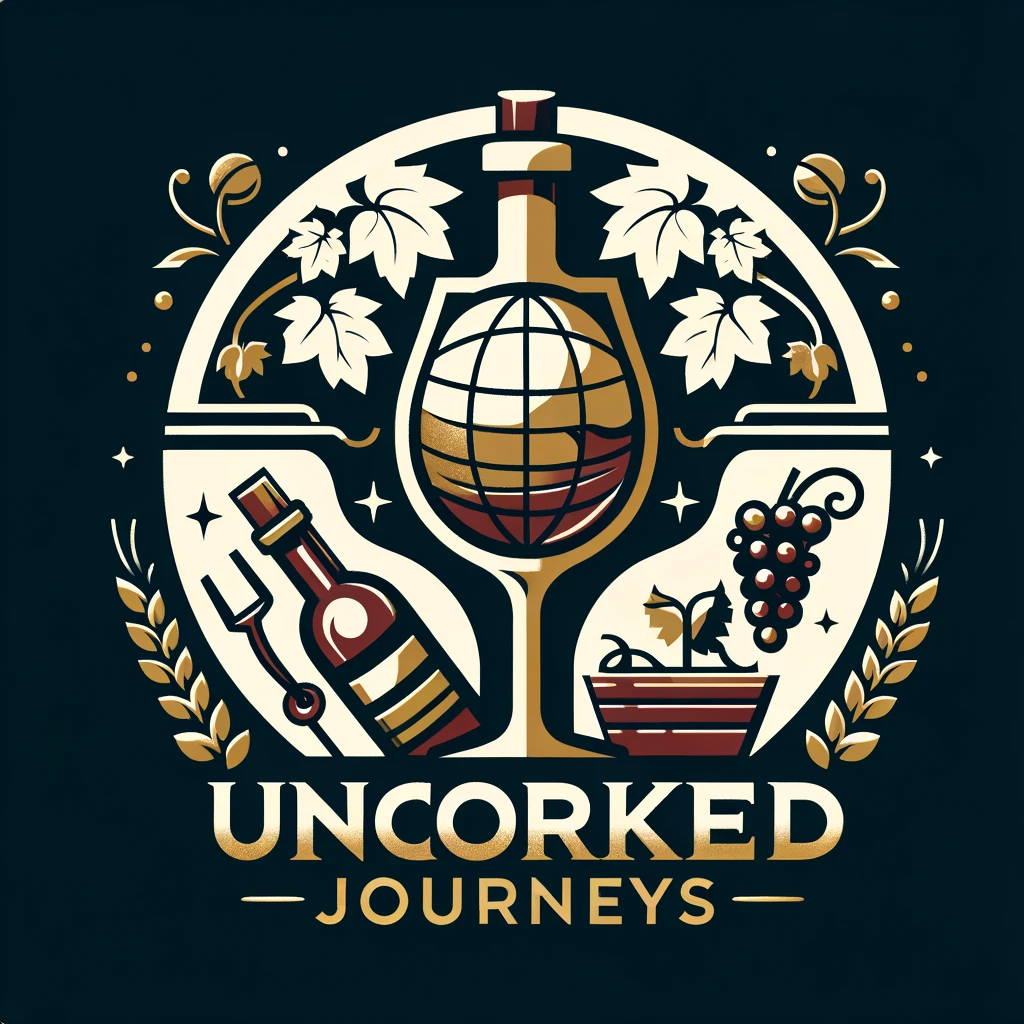Burgundy
Burgundy, France, is one of the world’s most celebrated wine regions, steeped in a tradition of viticulture that dates back over two millennia. Renowned for its deep respect for terroir, the region embodies a philosophy where the land and its natural elements take center stage. Each vineyard is unique, reflecting a complex interplay of soil, climate, and meticulous craftsmanship, resulting in wines of remarkable character and distinction. The culture of winemaking in Burgundy is deeply rooted in monastic traditions, with Cistercian monks playing a pivotal role in delineating vineyards and cataloging the subtle variations in taste and quality. This heritage of precision and reverence for the land continues to define the essence of Burgundy’s winemaking culture today.
The history of wine production in Burgundy is a testament to its enduring legacy. It is believed that viticulture was introduced to the region by the Romans, and by the Middle Ages, the Catholic Church had taken stewardship of the vineyards. The Cistercian and Benedictine monks were instrumental in identifying the most favorable plots of land for grape cultivation, meticulously recording their findings to refine the winemaking process. Following the French Revolution, these vineyards were parceled out, leading to the intricate mosaic of small, family-owned plots that characterize the region today. This unique system of ownership has fostered an extraordinary diversity in Burgundy’s wines, with each producer contributing their interpretation of the land’s bounty.
Burgundy’s wines are synonymous with quality and prestige, with Pinot Noir and Chardonnay standing as the region’s flagship grapes. The red wines, predominantly made from Pinot Noir, are celebrated for their complexity, elegance, and earthy tones, while the white wines, crafted from Chardonnay, are renowned for their richness, minerality, and depth. Notable appellations such as Gevrey-Chambertin, Vosne-Romanée, and Puligny-Montrachet have garnered international acclaim, each offering a distinct expression of the region’s terroir. Burgundy’s Grand Cru vineyards, occupying less than 2% of its total vineyard area, produce some of the most sought-after wines in the world, commanding prices that reflect their unparalleled quality and rarity.
The soil and climate of Burgundy play an indispensable role in shaping the character of its wines. The region’s soils are a complex tapestry of limestone, marl, and clay, each contributing unique attributes to the grapes. Limestone, for instance, is known to enhance the minerality and finesse of Chardonnay, while clay soils impart richness and depth to Pinot Noir. The continental climate, marked by cold winters and warm summers, provides the ideal conditions for slow ripening, allowing the grapes to develop nuanced flavors and balanced acidity. Variations in elevation, slope, and exposure further influence the microclimates, resulting in an extraordinary diversity of wines even within a single vineyard.
Burgundy’s winemaking traditions are steeped in a deep respect for nature and a commitment to excellence. Many producers adhere to sustainable and biodynamic practices, reflecting a broader cultural ethos that prioritizes harmony with the environment. Festivals and events celebrating wine are integral to the region’s cultural fabric, with the Hospices de Beaune wine auction standing as a highlight of the year. This centuries-old tradition brings together connoisseurs and collectors from around the world to bid on barrels of Burgundy’s finest wines, with proceeds supporting local charities. The event encapsulates the spirit of Burgundy: a region where history, community, and the art of winemaking converge in a celebration of life and tradition.
